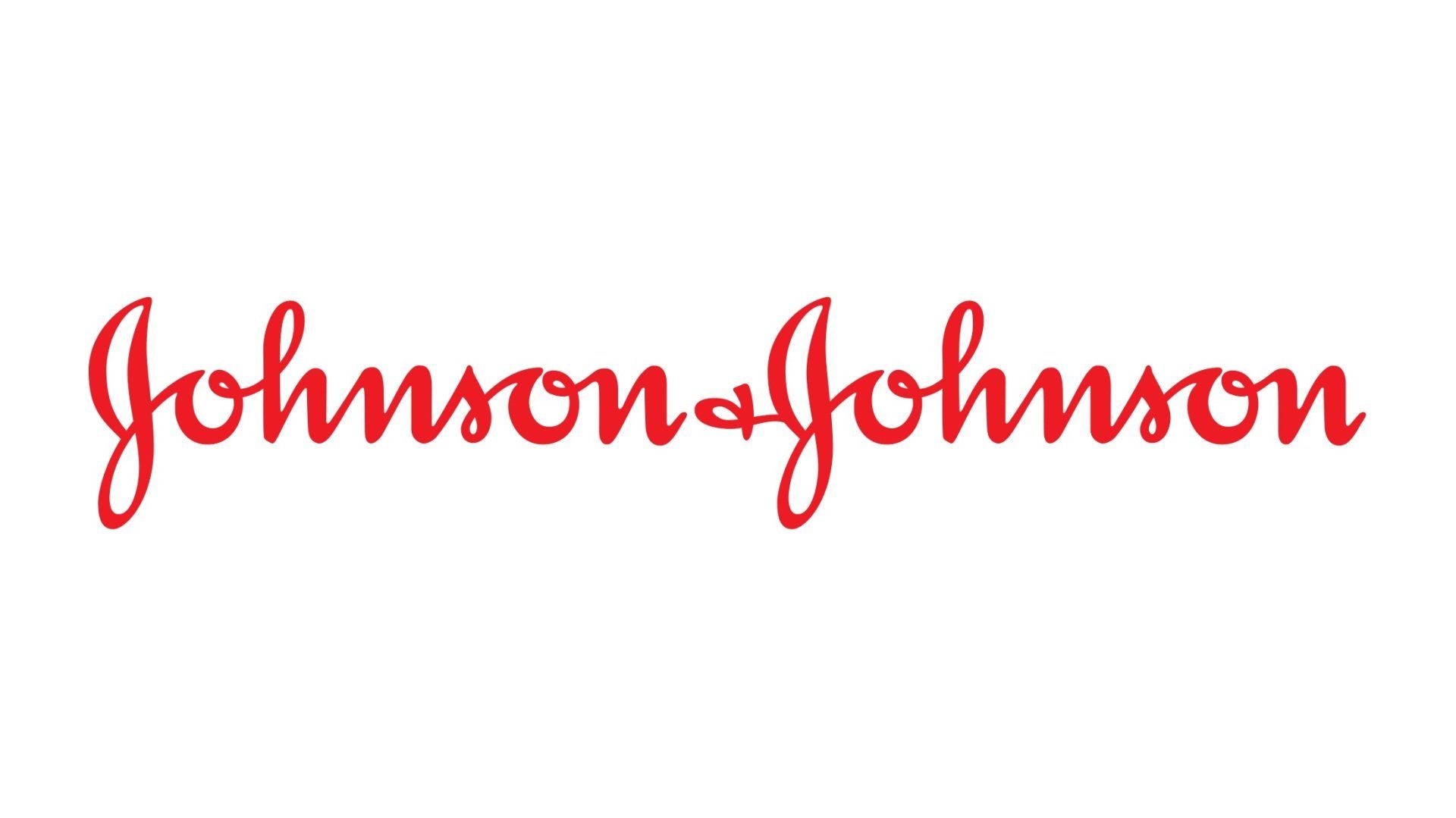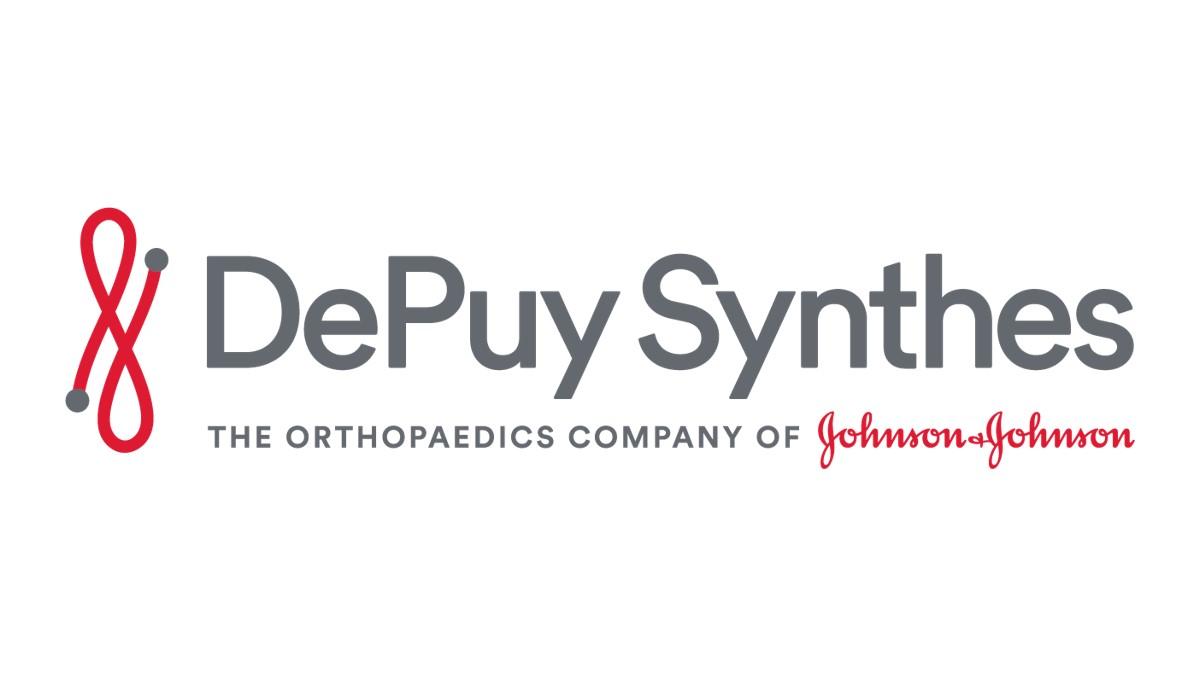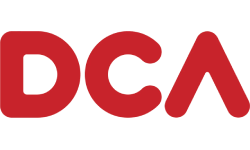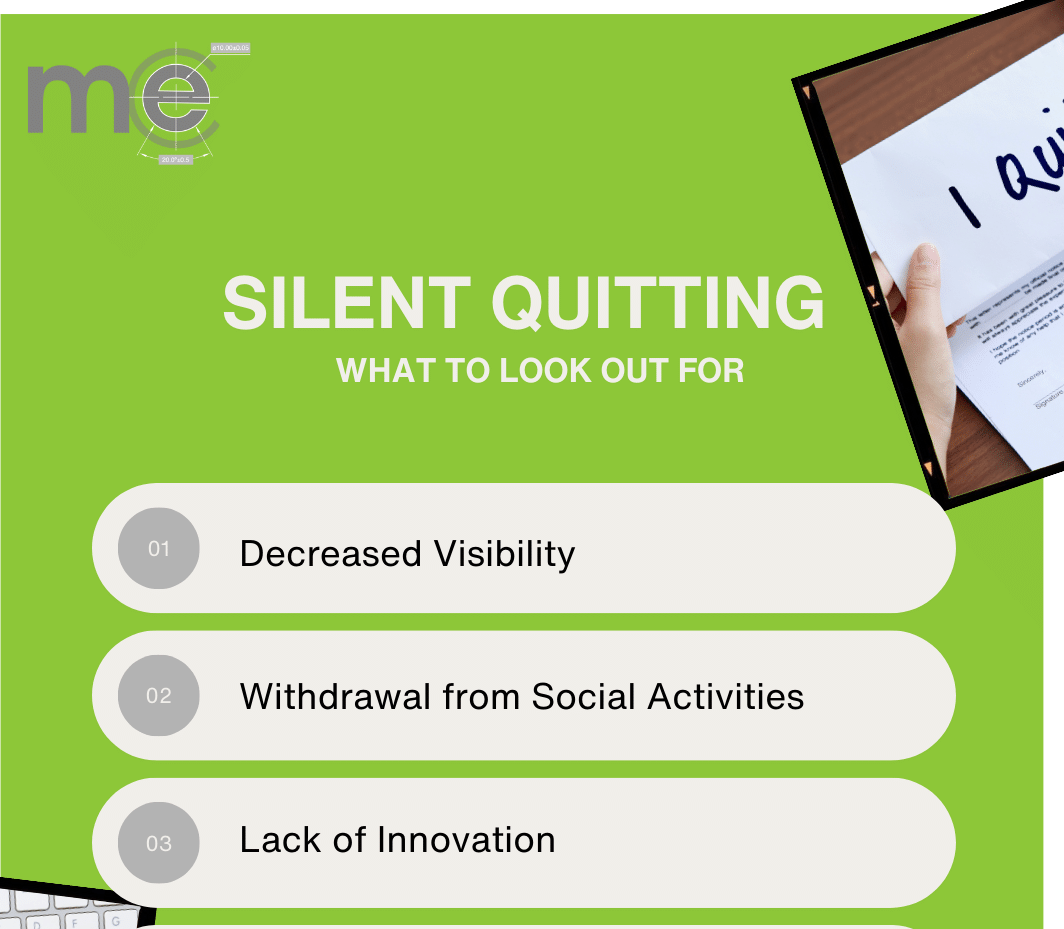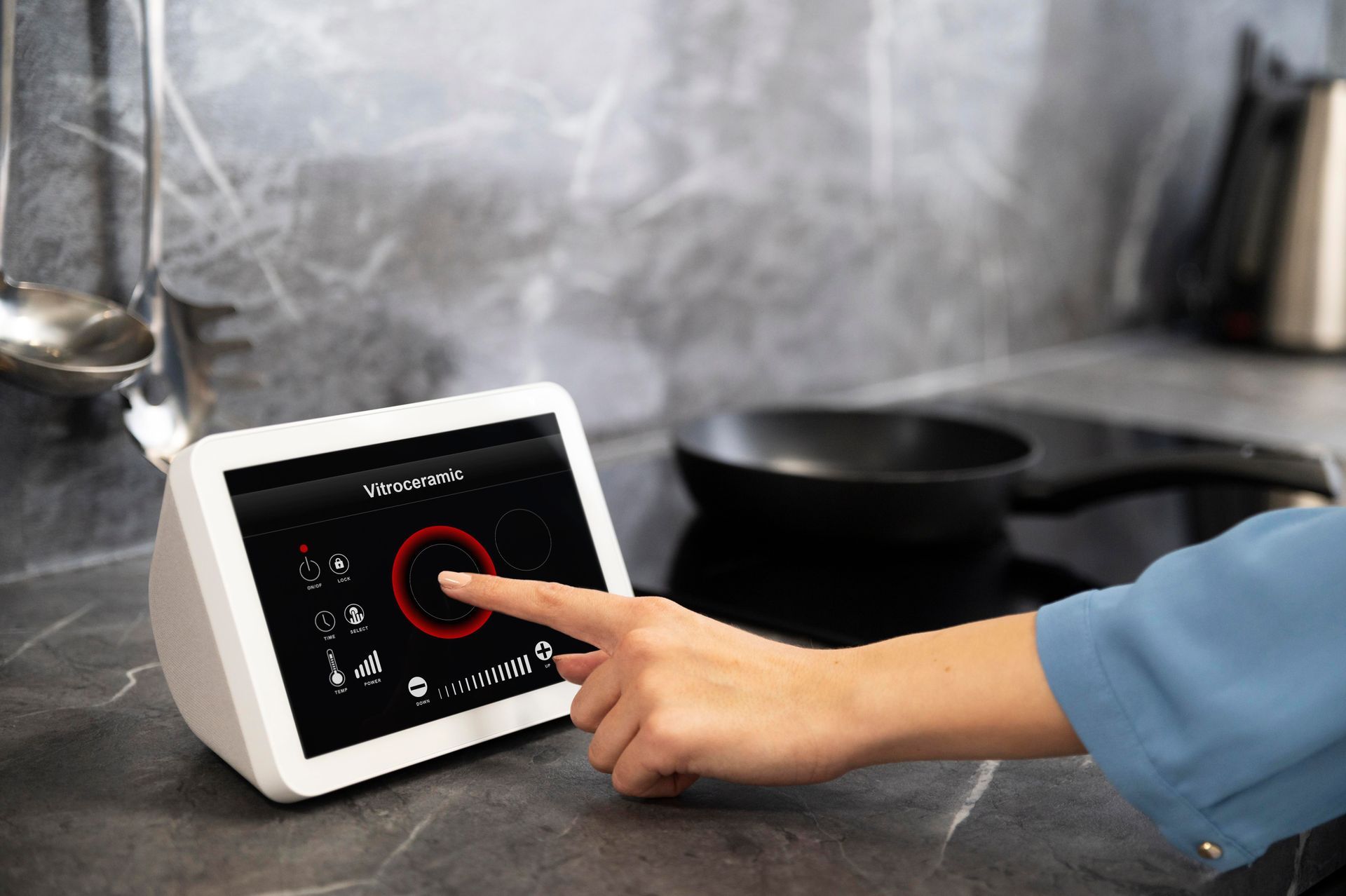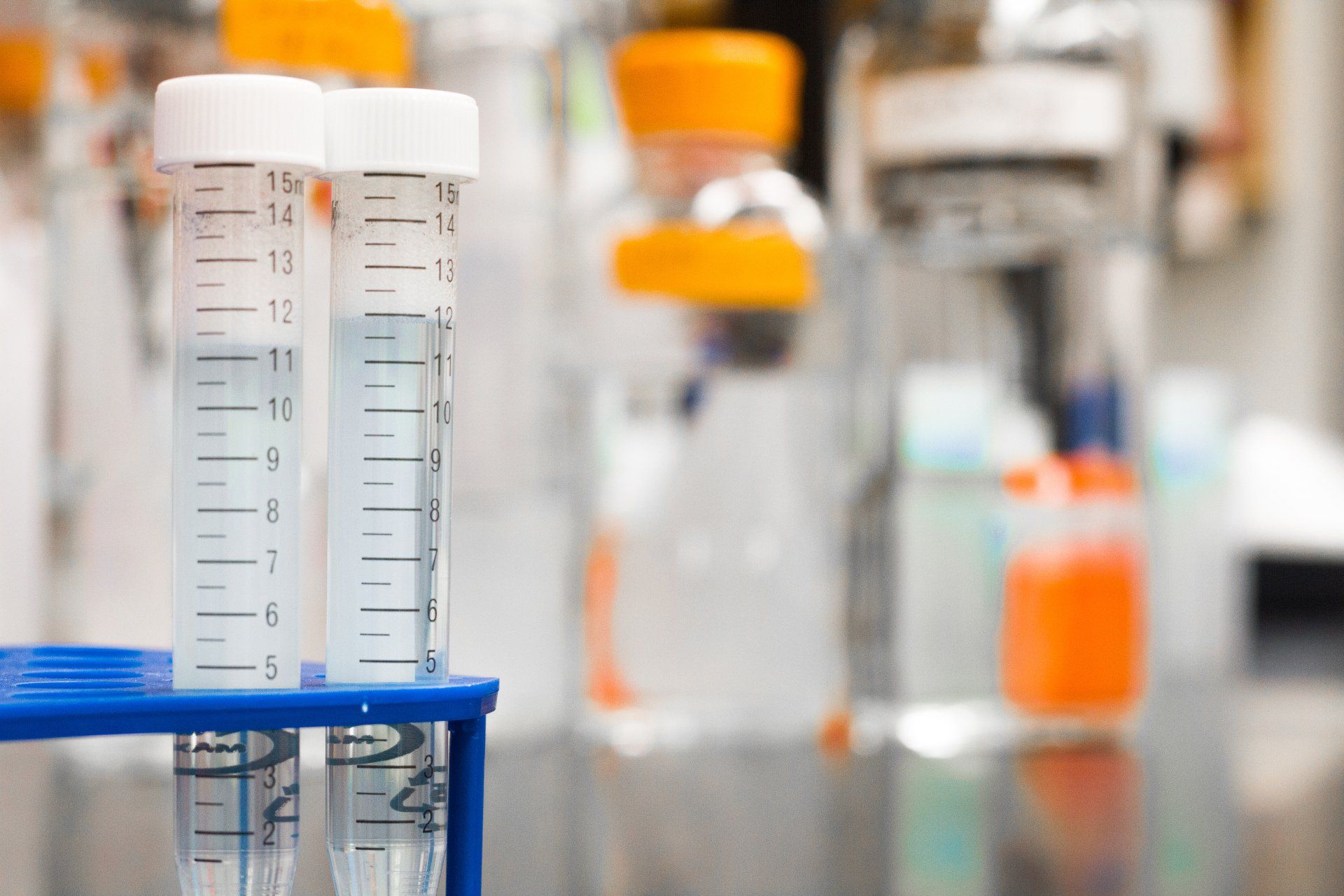13 Oct, 2023
Introduction In recent years, the healthcare landscape has witnessed a significant shift towards providing care in the comfort of patients' homes. The widespread use of medical devices designed for home healthcare settings has made this evolution possible. While these devices offer many benefits, they also have a crucial responsibility: ensuring compliance with regulatory standards. In this blog, we will explore the importance of medical device compliance in home healthcare settings, the regulatory framework, and steps to ensure that medical devices meet the requirements. The Rise of Home Healthcare The rise of home healthcare has revolutionized the way patients receive medical attention. Patients can now manage chronic conditions, receive post-surgical care, and monitor their health from the convenience of their own homes. Advancements in medical technology have sped up this shift, which has resulted in a wide range of medical devices being designed specifically for home use. Types of Medical Devices in Home Healthcare Medical devices used in home healthcare settings encompass a broad spectrum of products. These include but are not limited to: Monitoring Devices: Blood pressure monitors, glucose meters, and pulse oximeters. Therapeutic Devices: Like home ventilators, nebulizers, and infusion pumps. Diagnostic Devices: Such as home pregnancy tests, thermometers, and home test kits for various medical conditions. Assistive Devices: Including mobility aids, home care beds, and lift chairs. The Regulatory Framework Ensuring the safety and effectiveness of medical devices is paramount in home healthcare. To achieve this, regulatory agencies around the world have established stringent guidelines for the development, manufacturing, and distribution of medical devices. In the United States, the Food and Drug Administration (FDA) plays a central role in regulating medical devices. In the European Union, the European Medicines Agency (EMA) and the Conformity Europeans (CE) marking are vital authorities. Critical Steps for Medical Device Compliance in Home Healthcare Settings Product Classification: Determine the appropriate regulatory class for your medical device. This classification will dictate the level of scrutiny and requirements your device must meet. Categories range from Class I (low-risk) to Class III (high-risk). Quality Management System (QMS): Establish a robust QMS compliant with relevant quality standards such as ISO 13485. This system ensures consistent quality control throughout the device's lifecycle. Clinical Evaluation: Conduct clinical evaluations to assess the safety and performance of your medical device. This involves gathering and analyzing clinical data to show its effectiveness. Labeling and Documentation: Ensure that labeling, instructions for use, and all accompanying documentation are clear, accurate, and compliant with regulatory requirements. This information is crucial for end-users. User Training: Provide training to end-users and healthcare professionals on the proper use and maintenance of the device. This can help prevent misuse and potential safety issues. Risk Management: Implement a comprehensive risk management process to identify, assess, and mitigate potential risks associated with your medical device. This is critical for patient safety. Post-Market Surveillance: Establish a system for monitoring the device's performance and collecting user feedback. This information can make improvements and address any issues. Compliance Testing: Conduct testing and verification to ensure your device meets all relevant safety and performance standards. This may include electrical safety, electromagnetic compatibility, and biocompatibility testing. Regulatory Submission: Prepare and submit a regulatory dossier to the appropriate regulatory agency. This submission should include all necessary documentation and data to support the safety and efficacy of your device. Maintain Vigilance: Stay informed about updates and changes in regulatory requirements. Continuously assess and improve your device's compliance to ensure long-term success in the home healthcare market. Conclusion Medical device compliance in home healthcare settings is a multifaceted process that demands careful planning, adherence to regulatory standards, and an unwavering commitment to patient safety. As the home healthcare industry grows, the need for compliant medical devices will only increase. By following the steps outlined in this blog and staying vigilant in your commitment to compliance, you can contribute to the well-being of patients and the success of your home healthcare device in the market. Compliance isn't just a legal requirement; it's a fundamental aspect of providing safe and effective healthcare at home.

